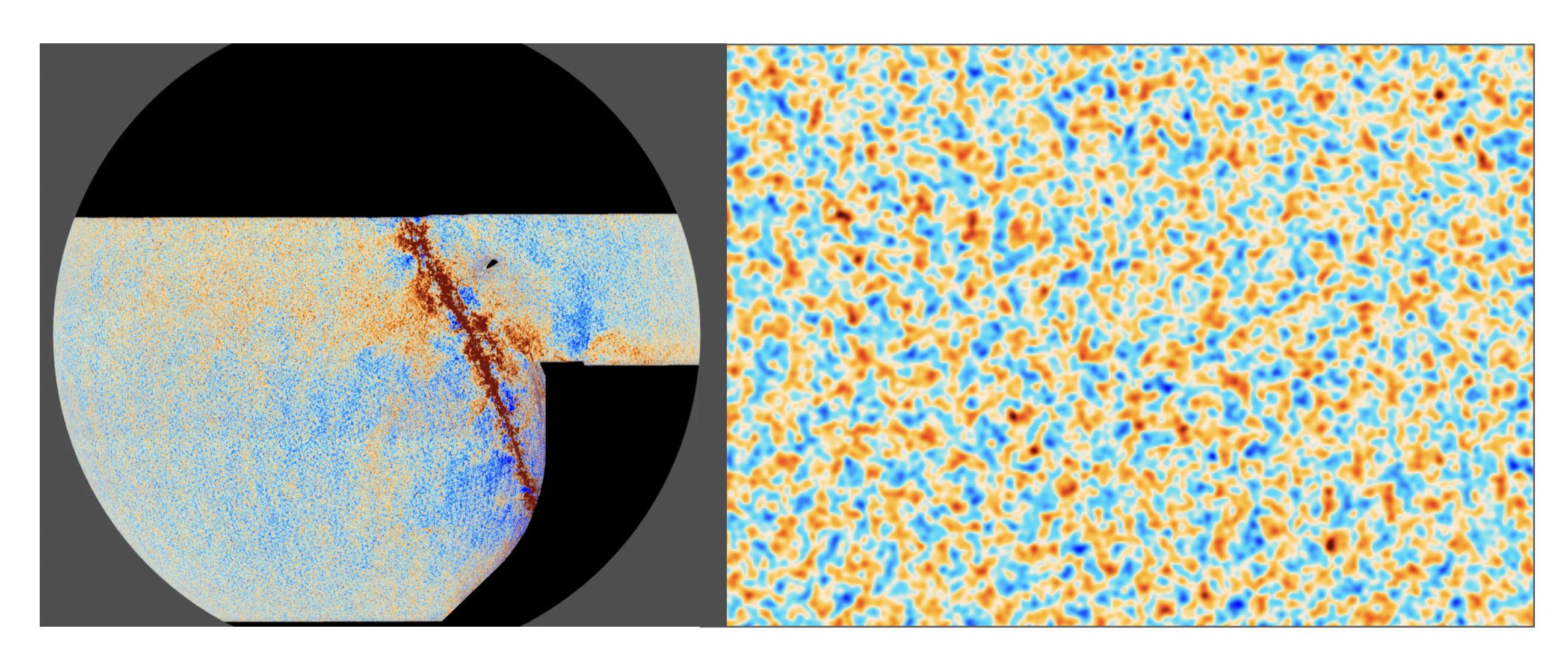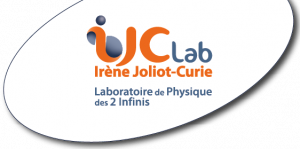
The Atacama Cosmology Telescope (ACT) has unveiled the most precise images ever obtained of the early universe, offering an unprecedented glimpse of our cosmos as it was just 380,000 years after the Big Bang. This major scientific breakthrough represents the culmination of more than two decades of international collaborative work. Photo credit: ACT Collaboration; Sigurd Naess, Alexander Spencer London; includes Planck data
The new images capture not only the intensity of primordial light but also its polarization, revealing the movements of hydrogen and helium gases that later formed the first stars and galaxies. With a resolution five times higher than that of the Planck space telescope, these observations confirm the robustness of the standard cosmological model and bring new elements to the debate on the Hubble constant.
IJCLab actively contributes to this major international collaboration. Thibaut Louis, Xavier Garrido and Adrien La Posta, A2C department researchers, have particularly participated in the fine analysis of data concerning the polarization of the cosmic microwave background, bringing their expertise in signal processing and statistical analysis. Their contribution has been essential in testing cosmology’s standard model, confirming theoretical predictions with unparalleled accuracy.
This project illustrates the expertise of IJCLab, combining proficiency in data analysis and scientific interpretation of results in service of the fundamental understanding of our universe.
Learn more:
ACT Data Releases
- Latest ACT DR6 Papers
- The CMB maps:
- The CMB power spectra and fitting to LCDM:
- Constraints on extensions to LCDM:
In the press:























